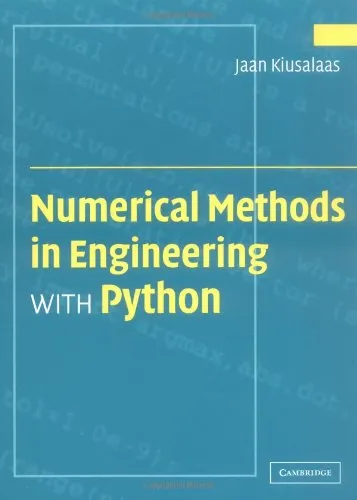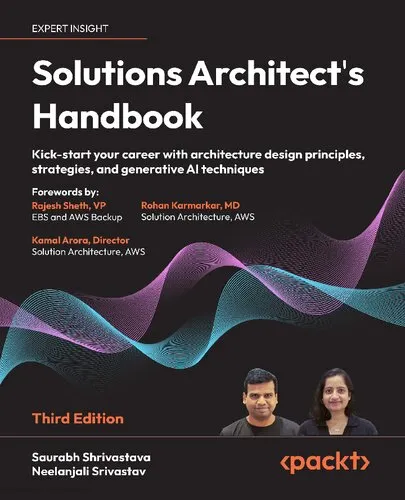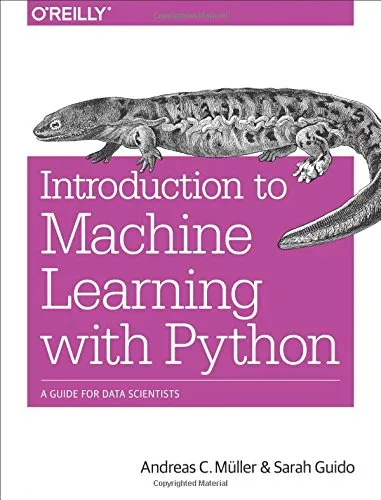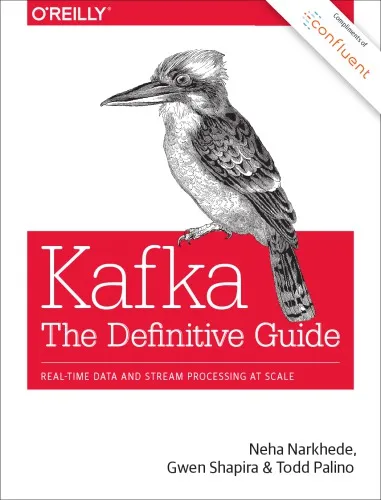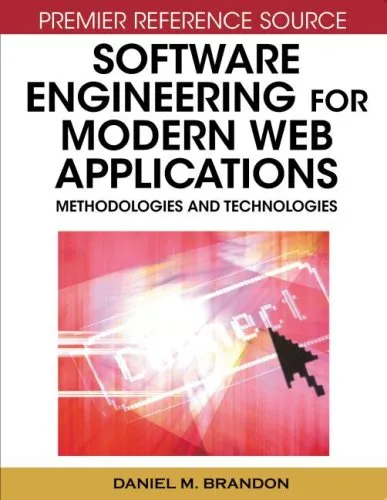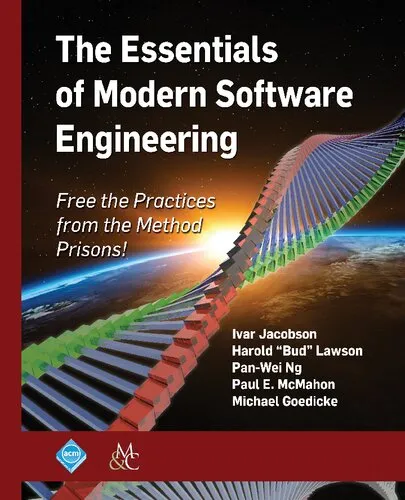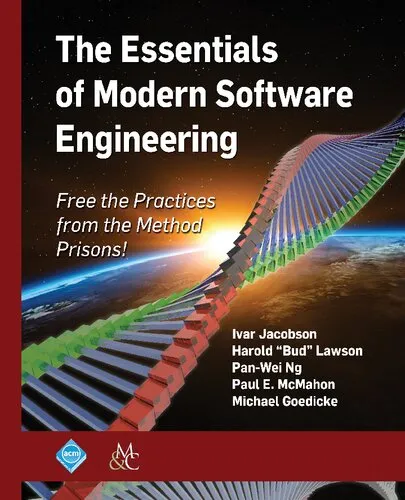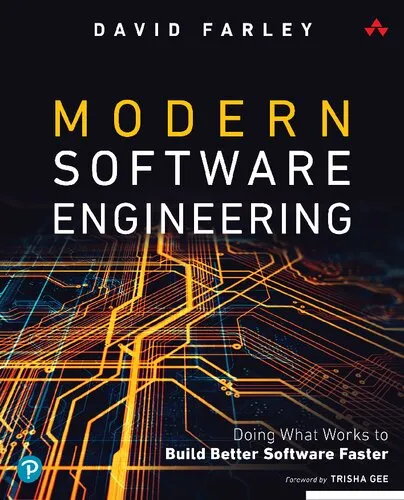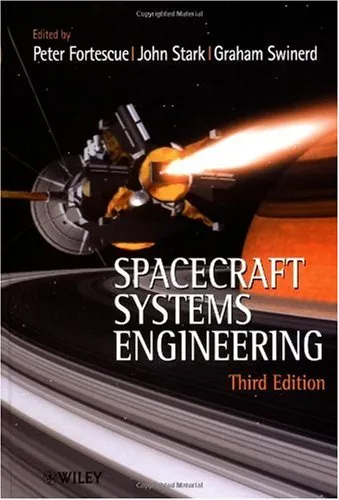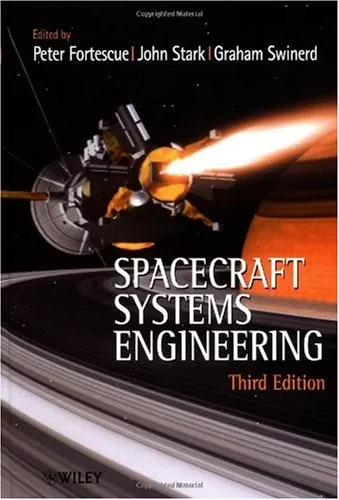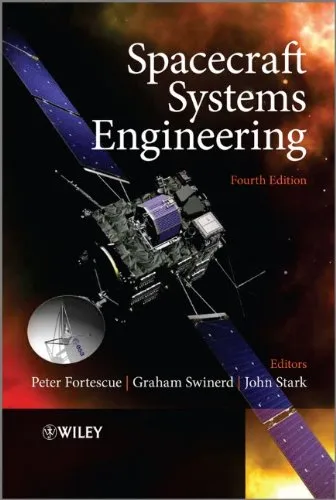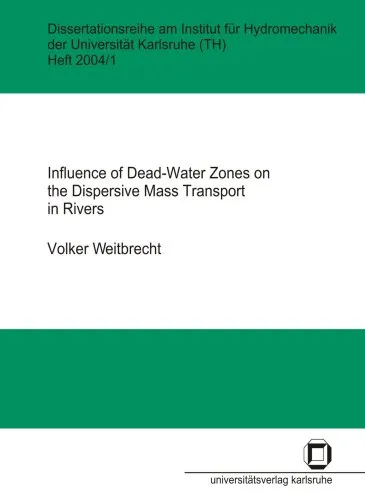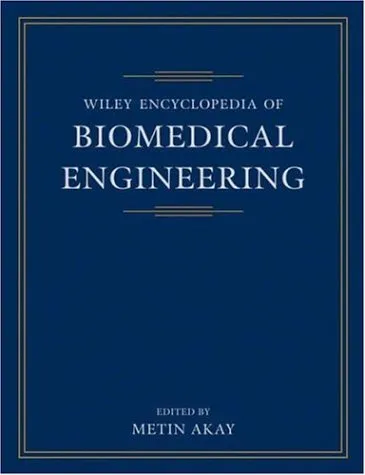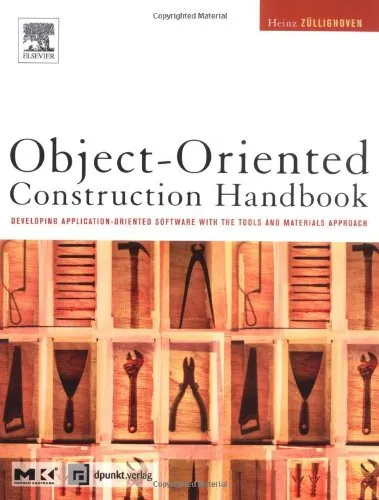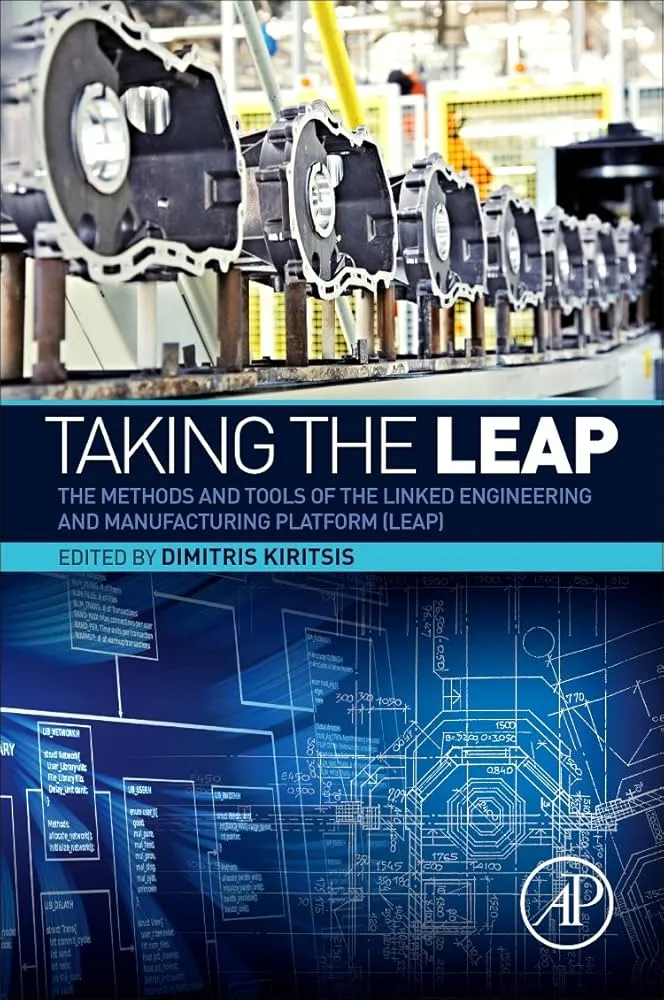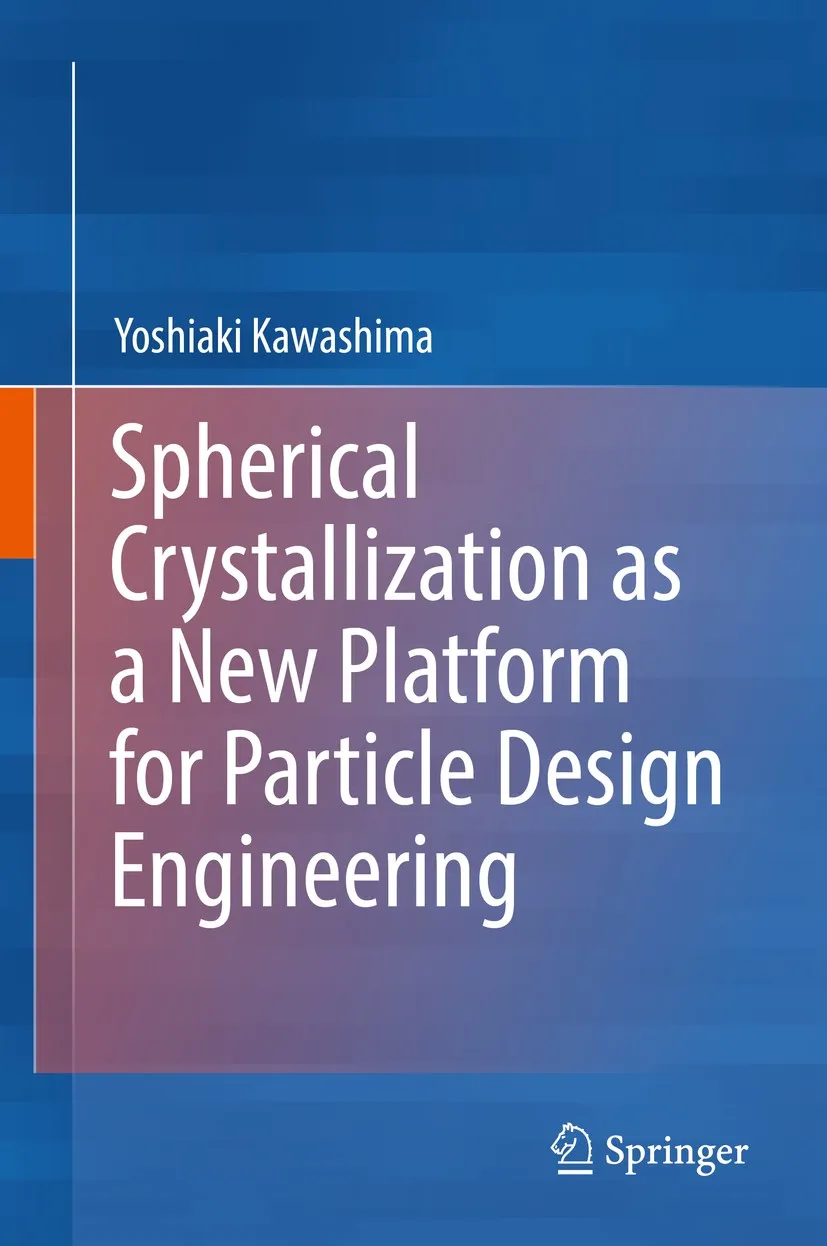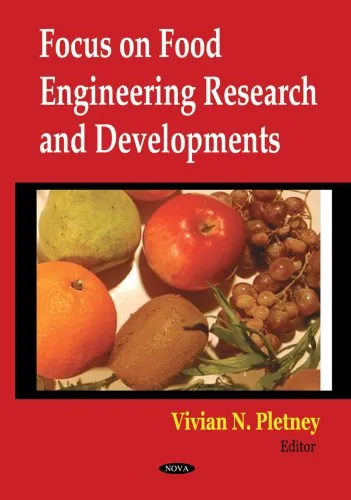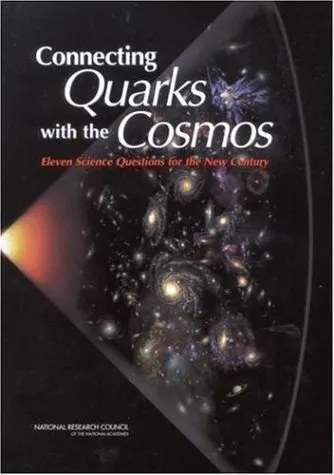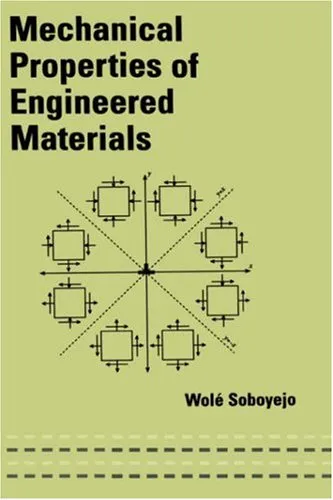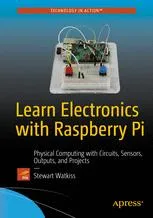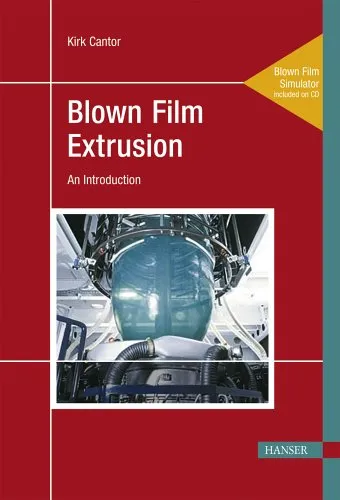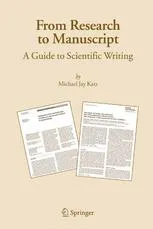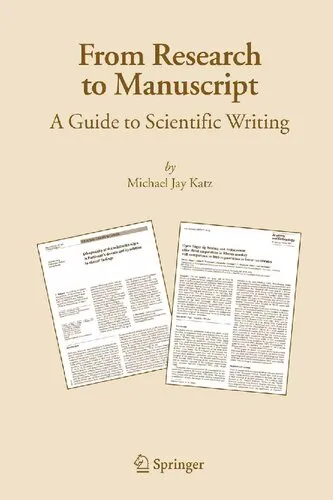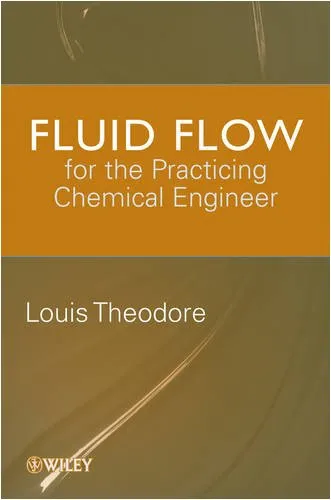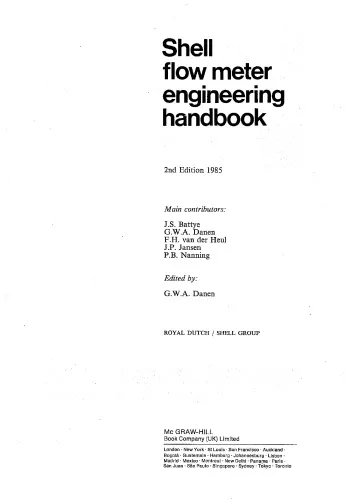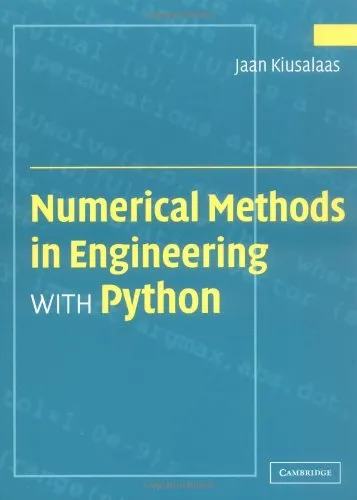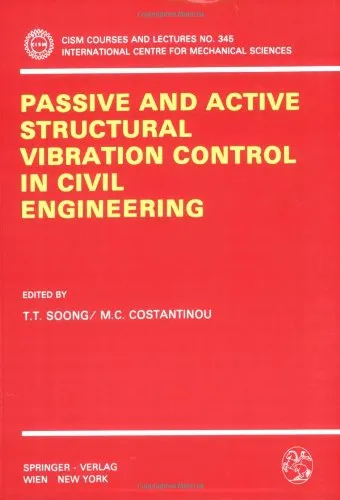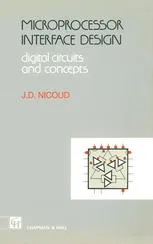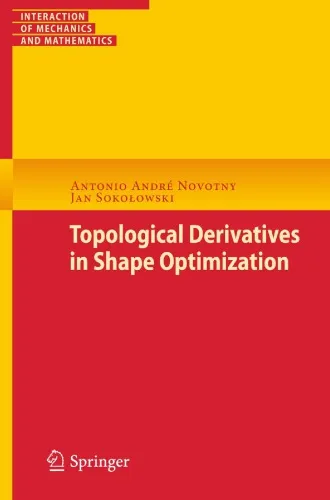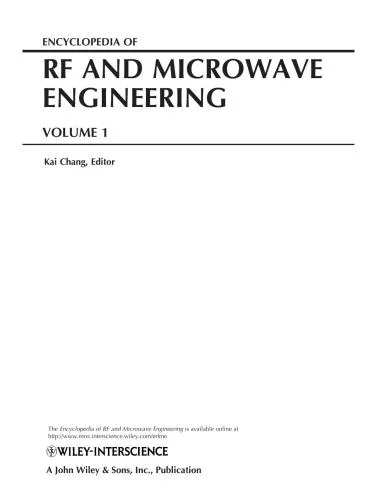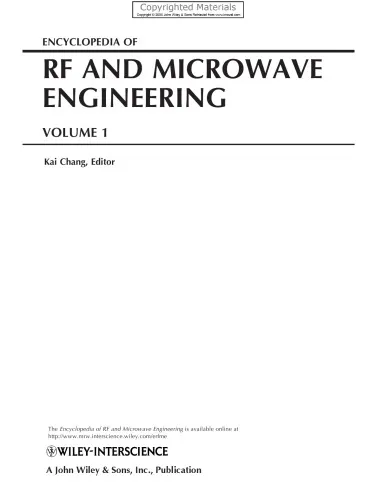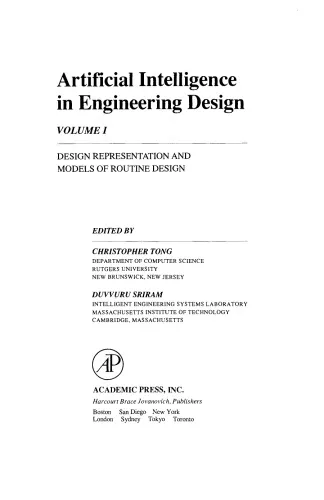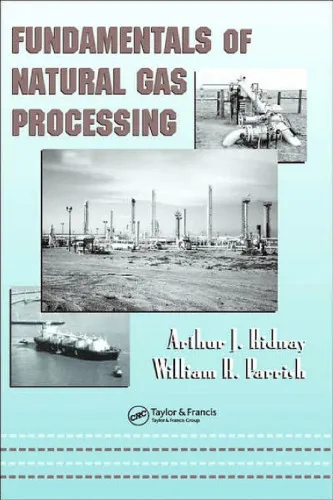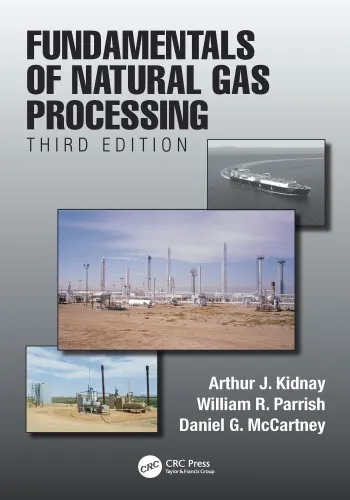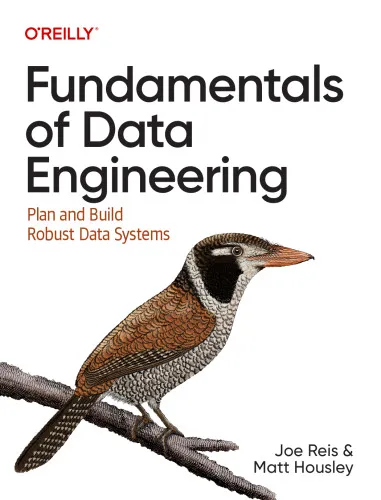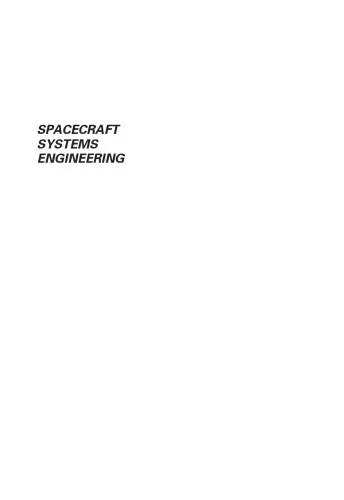Materials Science and Engineering: C
4.3
Reviews from our users

You Can Ask your questions from this book's AI after Login
Each download or ask from book AI costs 2 points. To earn more free points, please visit the Points Guide Page and complete some valuable actions.Related Refrences:
Analytical Summary
The book Materials Science and Engineering: Cpp.533—541 offers a focused exploration into specialized topics that bridge theoretical principles with applied research in the field. Crafted by Sharifi, Esmaeel; Azami, Mahmoud; Kajbafzadeh, Abdol-Mohammad; Moztarzadeh, Fatollah; Majidi, Faridi; Shamousi, Atefeh; Karimi, Roya; and Ai, Jafar, this work draws from diverse academic expertise to deliver a dense yet accessible synthesis. It stands as a valuable reference for academics, practicing engineers, and research professionals who seek a deeper understanding of advanced composite materials and microstructural engineering.
The Cpp.533—541 section designation indicates a specific segment within a broader series or compilation, focusing on the interplay between chemical composition, process parameters, and resulting performance characteristics of engineered materials. This scope ensures that readers engage directly with methods, analytical models, and empirical results, facilitating both foundational comprehension and practical implementation in laboratories or industry environments.
While certain publication details—such as exact release year or associated accolades—are information unavailable due to the absence of any reliable public source, the scholarly depth and precision contained within remain evident. The analytical journey encompasses crystallographic examinations, mechanical property evaluations, thermal stability assessments, and considerations of environmental impact, allowing for multidimensional insight.
Key Takeaways
Readers will walk away with a set of concrete, applicable understandings that can inform both academic study and industrial practice.
One of the central takeaways is the way Materials Science and Engineering: Cpp.533—541 integrates microstructural engineering principles into the design and optimization of advanced composite materials. The book highlights the interconnectedness between atomic-scale phenomena and macroscopic performance metrics.
Another key point is the structured approach to experimental design it advocates. Techniques for reproducibility, proper data acquisition, and error minimization are emphasized, ensuring that findings are both reliable and actionable.
The emphasis on sustainability and environmental considerations means that materials innovation is not viewed in isolation from global challenges. The narrative connects resource efficiency with engineering performance.
Lastly, the work underscores the necessity of interdisciplinary collaboration, illustrating how chemistry, physics, and engineering converge in real-world material development scenarios.
Memorable Quotes
This work contains thought-provoking statements that encapsulate the essence of materials innovation.
The performance of a material is the fingerprint of its microstructure. Unknown
Innovation in materials lies not only in discovery but in the precise tuning of known substances. Unknown
Sustainability in engineering starts at the molecular level. Unknown
Why This Book Matters
The significance of this work extends beyond its immediate technical contributions.
Materials Science and Engineering: Cpp.533—541 addresses a niche yet pivotal intersection between theoretical knowledge and practical outcomes. For educators, it enriches curricula with case studies and experimental insights. For industry professionals, it provides frameworks that can translate directly into better product performance and longer lifecycle management.
Its attention to adaptive methodology makes it resilient to change in a field that evolves rapidly, while the content’s depth ensures it remains relevant across different branches of materials research, including advanced composite materials and microstructural engineering.
Inspiring Conclusion
In sum, Materials Science and Engineering: Cpp.533—541 is a rigorous yet inviting resource for anyone striving to master the principles and applications of materials innovation.
Its discussions on advanced composite materials and microstructural engineering prepare readers to think critically about the challenges and opportunities ahead. By engaging with its concepts, professionals and academics can foster dialogues that lead to breakthroughs—not only in laboratories but also in the broader context of society seeking sustainable technological solutions.
The next step is clear: read, share, and discuss this work with colleagues and peers. In doing so, the knowledge contained within will catalyze innovation and informed decision-making across the vast and evolving field of materials science.
Free Direct Download
You Can Download this book after Login
Accessing books through legal platforms and public libraries not only supports the rights of authors and publishers but also contributes to the sustainability of reading culture. Before downloading, please take a moment to consider these options.
Find this book on other platforms:
WorldCat helps you find books in libraries worldwide.
See ratings, reviews, and discussions on Goodreads.
Find and buy rare or used books on AbeBooks.
4058
بازدید4.3
امتیاز0
نظر98%
رضایتReviews:
4.3
Based on 0 users review
Questions & Answers
Ask questions about this book or help others by answering
No questions yet. Be the first to ask!
